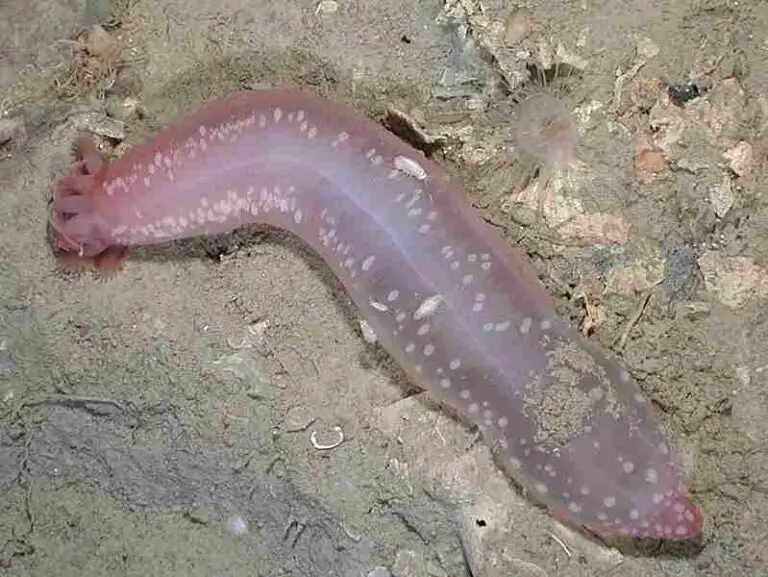Torrefaction Meaning, and Comparison Explained
Torrefaction is a thermo-chemical process that involves the heating of bio-based materials under inert conditions, to yield desired product(s). This article discusses torrefaction meaning and comparison, as outlined below;
-Torrefaction Meaning: 5 Ways to Define Torrefaction
-Torrefaction Vs Pyrolysis: A Comparison
Torrefaction Meaning: 5 Ways to Define Torrefaction
Torrefaction is a conversion process whereby organic matter is subjected to thermal transformation in order to alter its properties.
Through torrefaction, various types of biomass can be converted, including wood and municipal solid organic waste [4]. Below is another torrefaction meaning which highlights the product(s) of the process;
Torrefaction is the thermo-chemical alteration of various types of biomass to produce mainly biochar and some gaseous compounds [2].
In the alternative torrefaction meaning below, an attempt is made to highlight the basic mechanism of the process;
Torrefaction is an energy recovery and waste management process that involves the short-term heating of an organic substrate in a closed system under inert conditions, leading to physicochemical alteration and product formation [5].
The efficiency, sustainability and effectiveness of torrefaction process depends on the type of feedstock as well as conditions involved. Below is an alternative torrefaction meaning which highlights some of these conditions;
Torrefaction is a biomass conversion process that utilizes anoxic, inert conditions and temperature of 200-320°C, to reduce and convert feedstock into any of various products [1].
Lastly, torrefaction meaning can be outlined based on the importance and possible uses of the process;
Torrefaction is a thermal waste-to-energy process that is used to pretreat organic feedstock for further conversion, to produce biofuel, and to derive biochar and other industrially-relevant materials.

Torrefaction Vs Pyrolysis: A Comparison
The main difference between torrefaction and pyrolysis lies in the fact that pyrolysis occurs at a much higher temperature (400-400°C) [3] than torrefaction (200-320°C).
Due to differences in temperature, the process and products of torrefaction are not generally the same as those of pyrolysis.
Equipment used for both processes are different. Torrefaction is carried out in a torrefier, which is usually a simple tube with an external heat source, while pyrolysis is carried out in a pyrolytic reactor. Also, torrefaction is often regarded as a pretreatment process, in contrast to pyrolysis which is a full treatment process.
The table below summarizes the comparison between torrefaction and pyrolysis;
|
Comparison Criteria |
Torrefaction |
Pyrolysis |
|
Temperature (°C) |
200-320 |
400-800 |
|
Equipment |
Torrefier |
Pyrolytic Reactor |
|
Relative Complexity |
Low |
Moderate |
|
Feedstock |
All forms of biomass, coal |
Biomass, plastic, coal |
|
Main Product(s) |
Biochar |
Biochar, syngas, bio-oil |
|
Importance |
For pretreatment and mild conversion |
For volume reduction, conversion and bioenergy production |
Conclusion
Torrefaction is a thermo-chemical process that involves the heating of bio-based material at temperature of 200-320°C to yield biochar, among other products.
The main difference between torrefaction and pyrolysis is the temperature involved in each process. Other factors like equipment, suitable feedstock, and products, also differentiate the two processes.
References
1). Akhtar, J.; Imran, M.; Ali, A. M.; Nawaz, Z.; Muhammad, A.; Butt, R. K.; Jillani, M. S.; Naeem, H. A. (2021). “Torrefaction and Thermochemical Properties of Agriculture Residues.” Energies 14(14):4218. Available at: https://doi.org/10.3390/en14144218. (Accessed 10 October 2022).
2). Pathomrotsakun, J.; Nakason, K.; Kraithong, W.; Khemthong, P.; Panyapinyopol, B.; Pavasant, P. (2020). “Fuel properties of biochar from torrefaction of ground coffee residue: effect of process temperature, time, and sweeping gas.” Biomass Conversion and Biorefinery 10(2). Available at: https://doi.org/10.1007/s13399-020-00632-1. (Accessed 10 October 2022).
3). Prurapark, R.; Owiaraen, K.; Saengphrom, B.; Limthongtip, I.; Tongam, N. (2020). “Effect of Temperature on Pyrolysis Oil Using High-Density Polyethylene and Polyethylene Terephthalate Sources From Mobile Pyrolysis Plant.” Frontiers in Energy Research 8. Available at: https://doi.org/10.3389/fenrg.2020.541535. (Accessed 10 October 2022).
4). Santanna, M. S.; Silveira, E. A.; Macedo, L.; Galvão, L. G.; Caldeira-Pires, A. (2020). “Torrefaction of Lignocellulosic Municipal Solid Waste: Thermal Upgrade for Energy Use.” 28th European Biomass Conference and Exhibition. Available at: https://doi.org/10.5071/28thEUBCE2020-1DV.1.34. (Accessed 10 October 2022).
5). Stępień, P.; Bialowiec, A. (2018). “Kinetic parameters of torrefaction process of alternative fuel produced from municipal solid waste and characteristic of carbonized refuse derived fuel.” Detritus In Press(1):1. Available at: https://doi.org/10.31025/2611-4135/2018.13702. (Accessed 10 October 2022).



